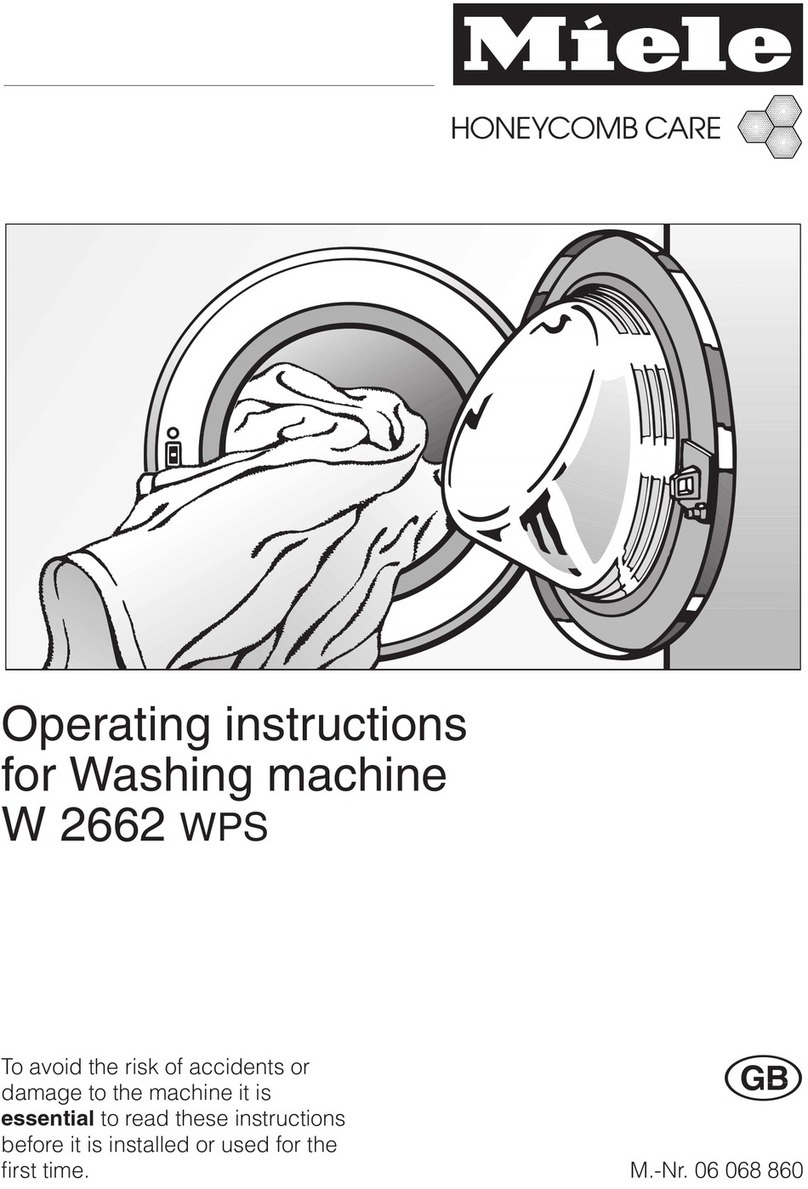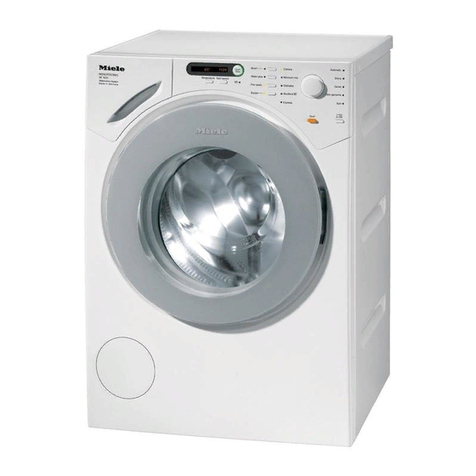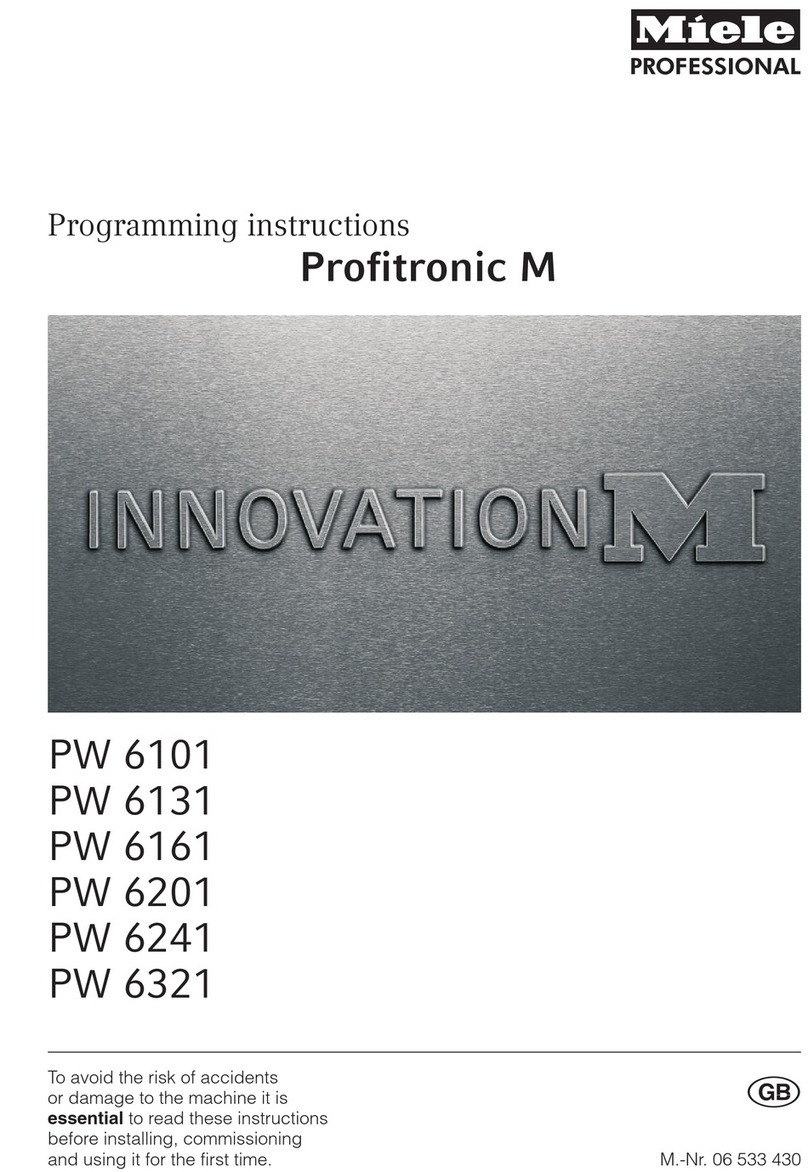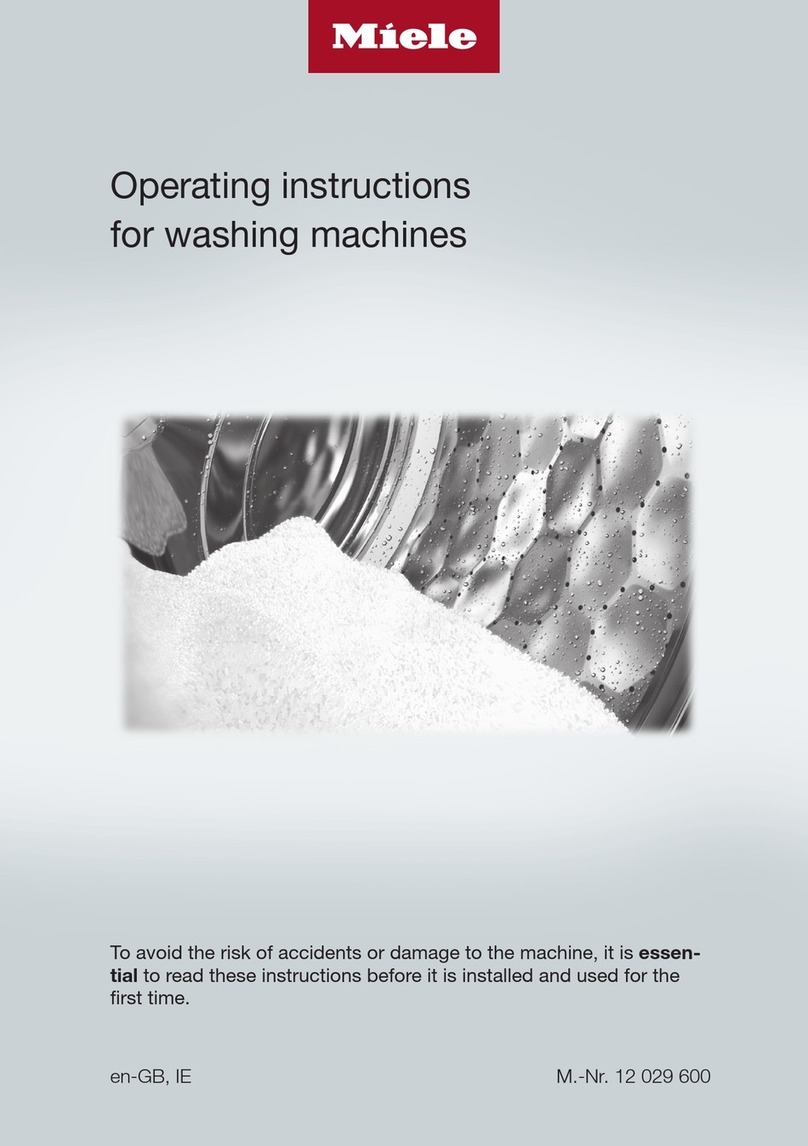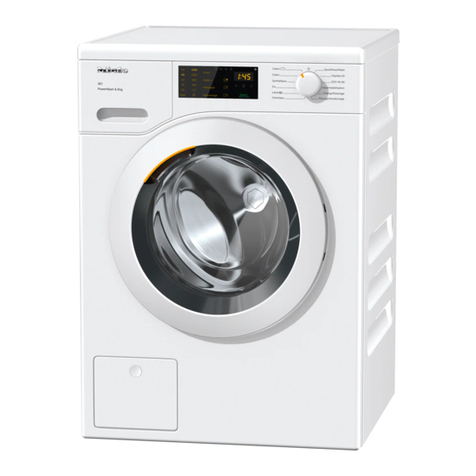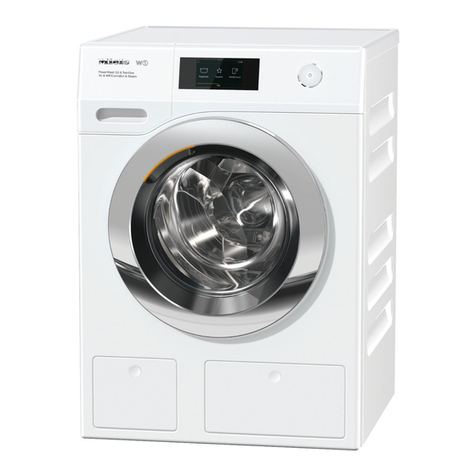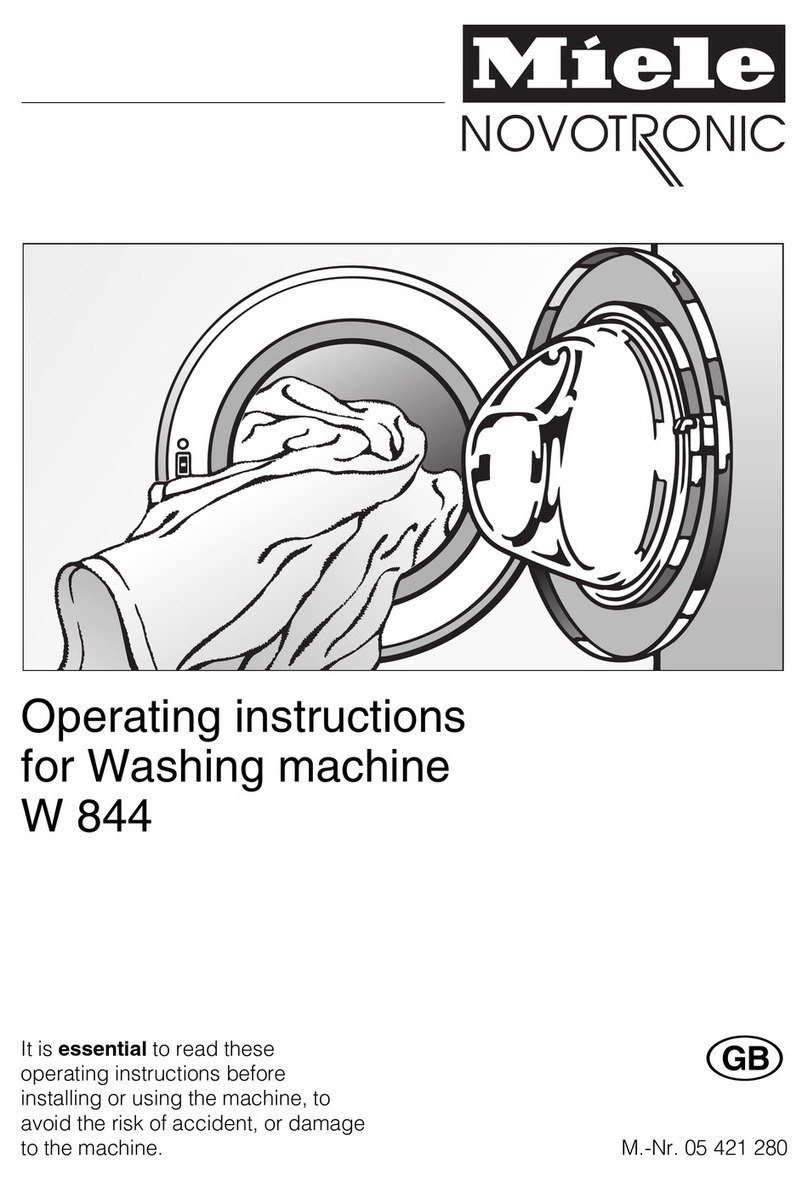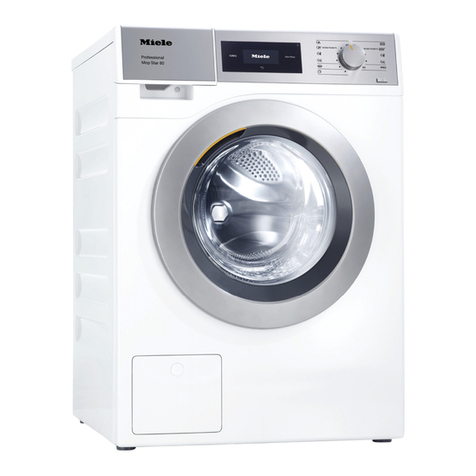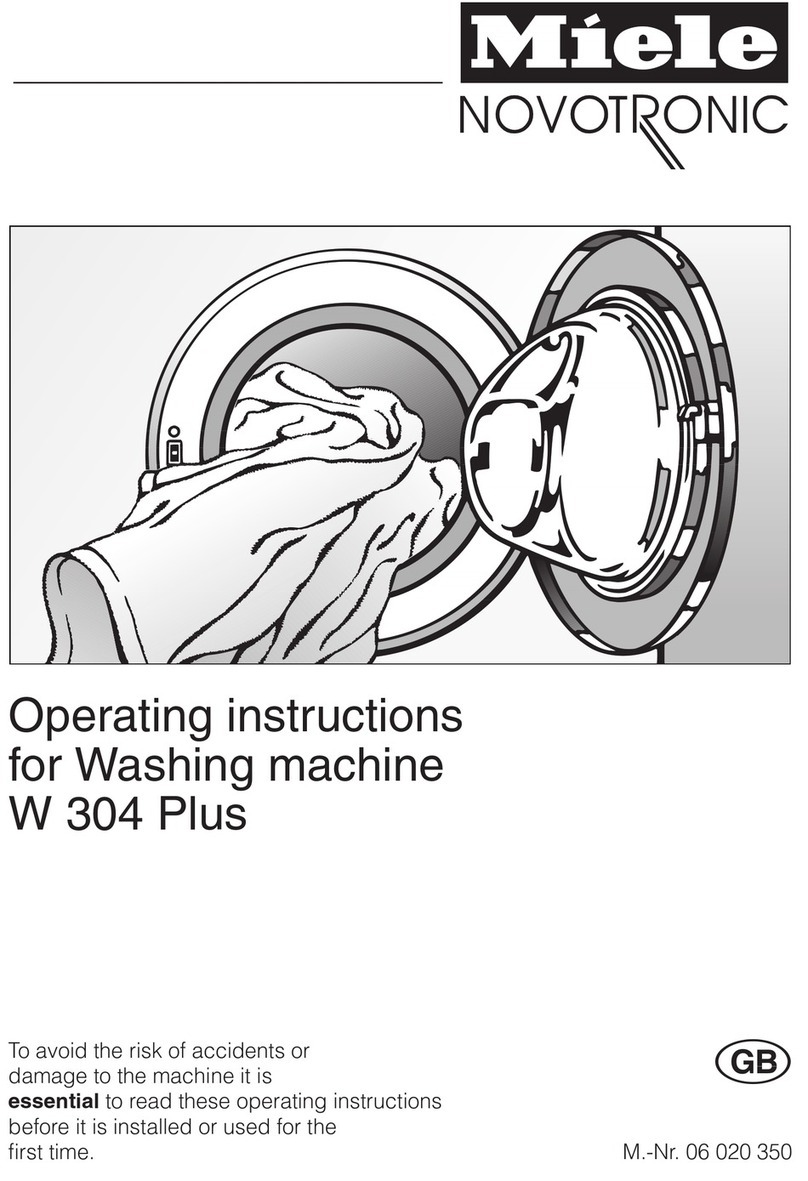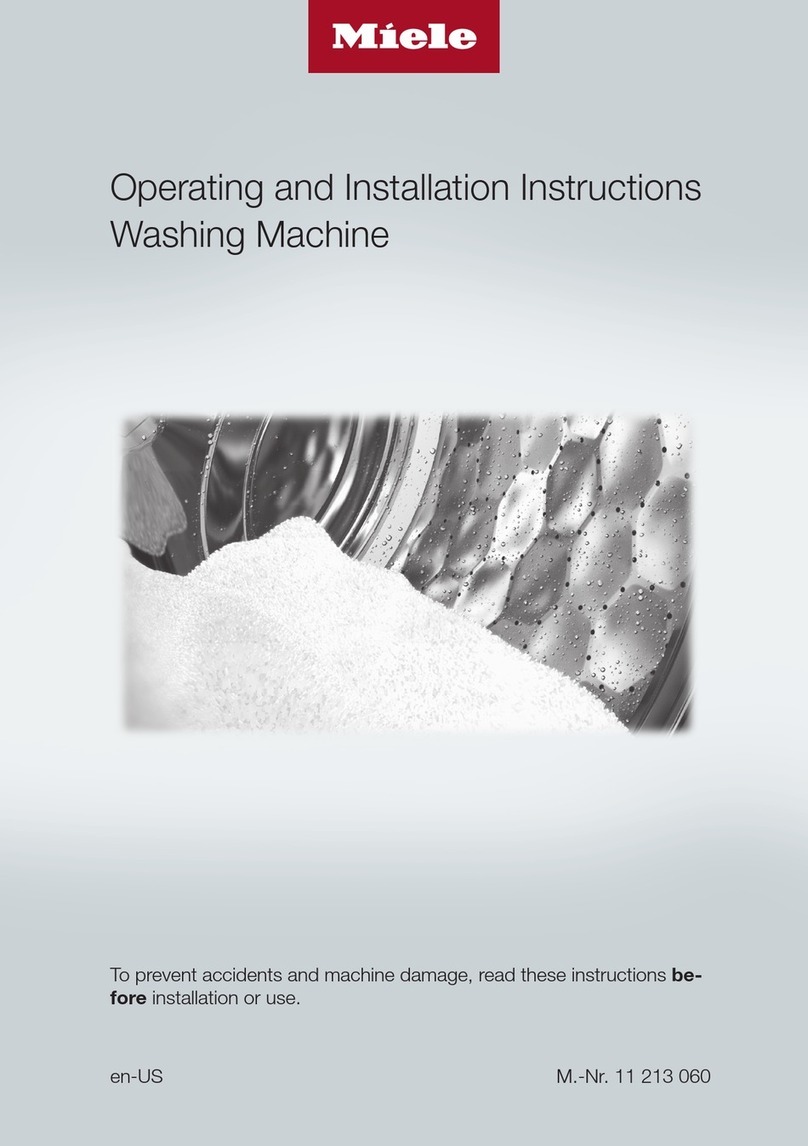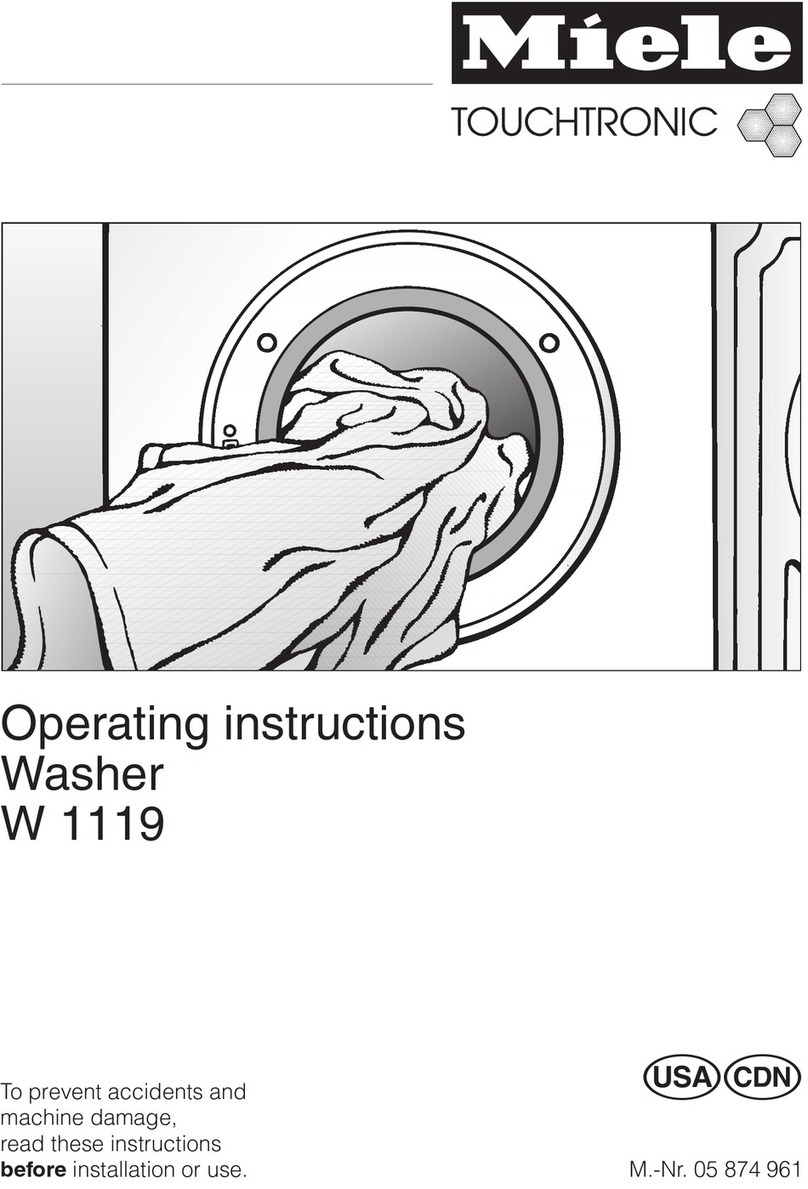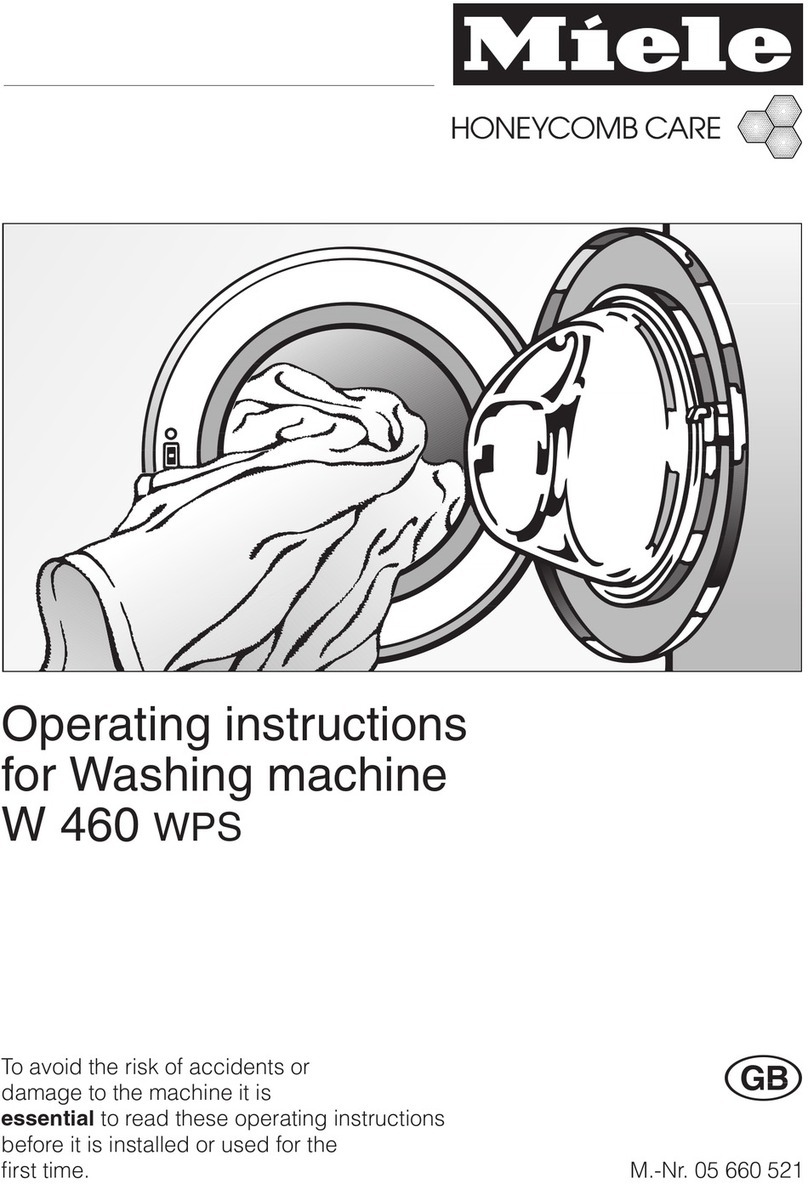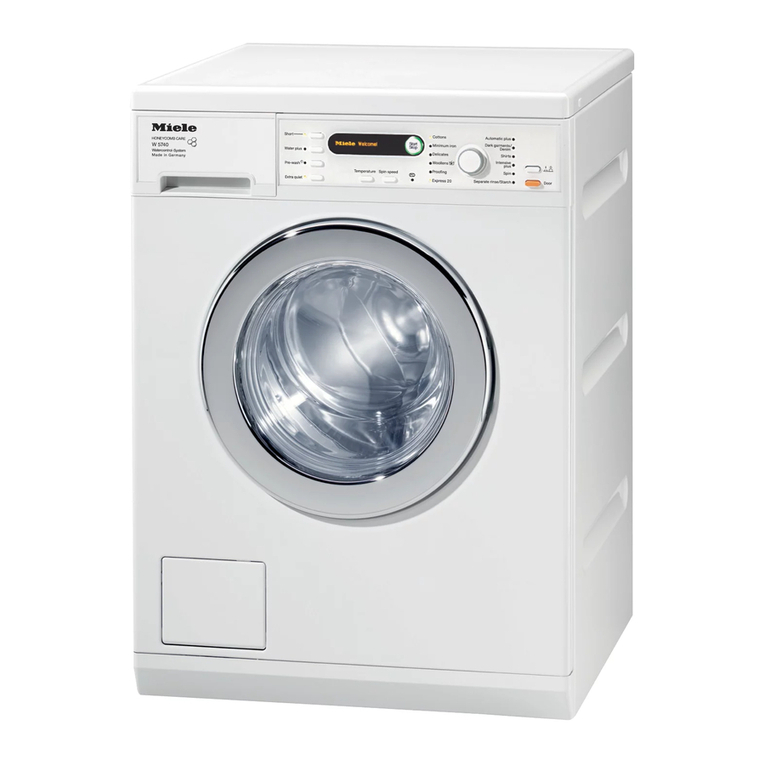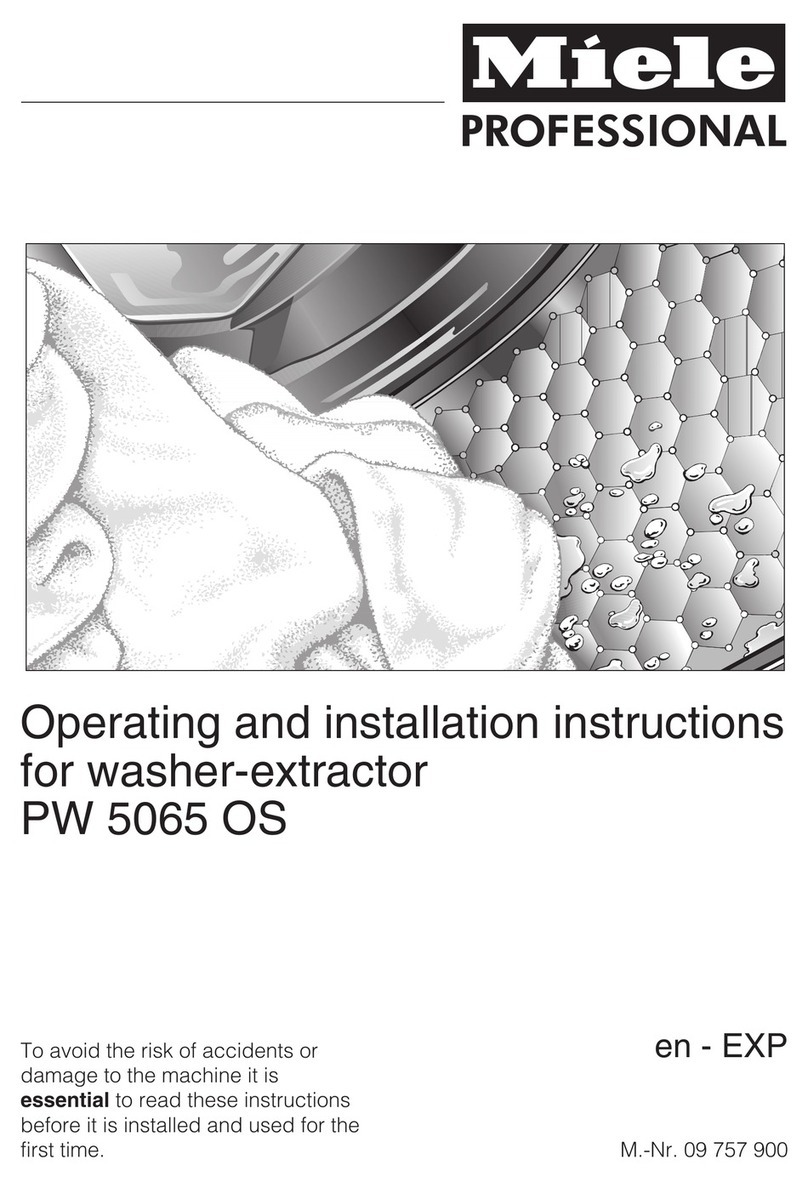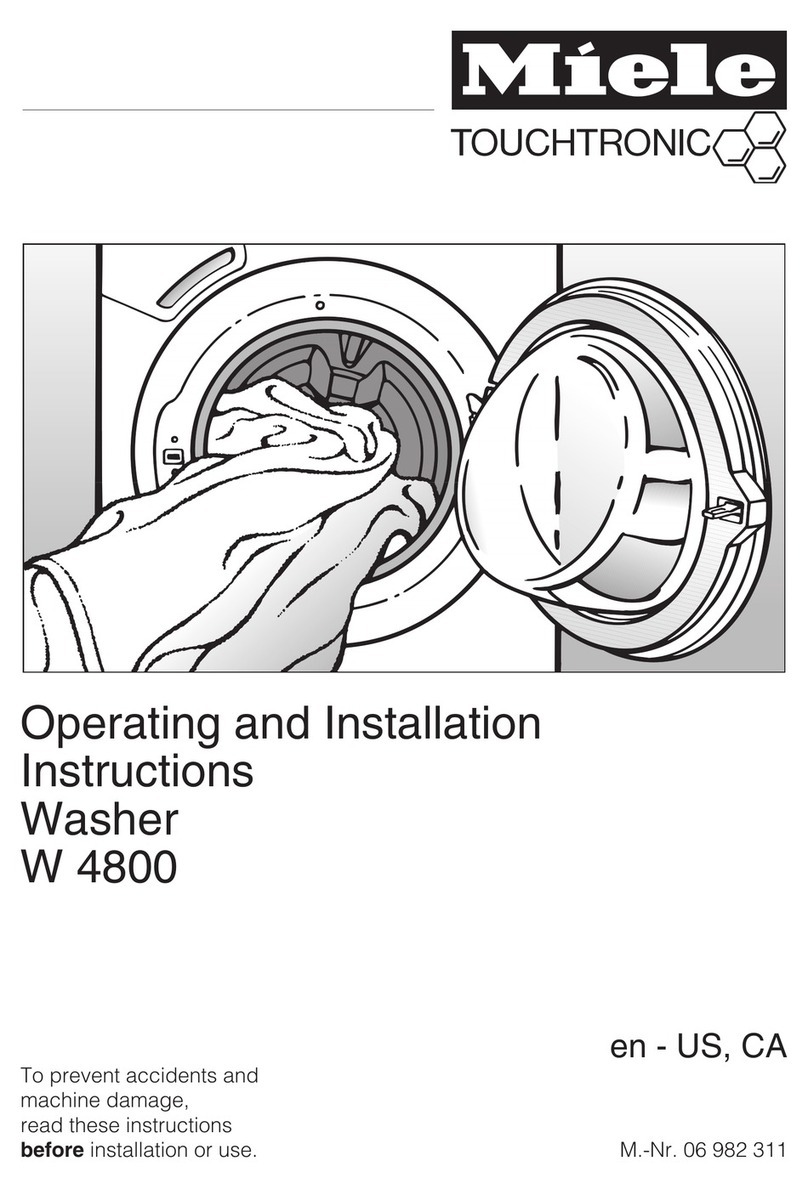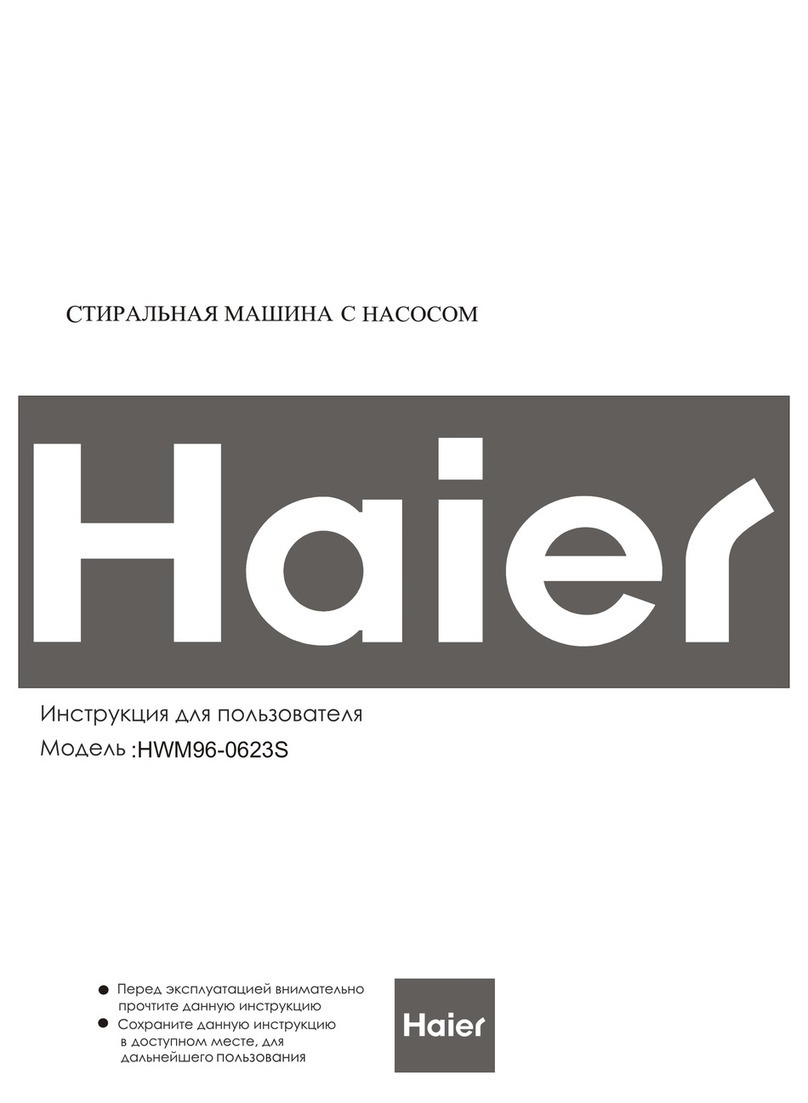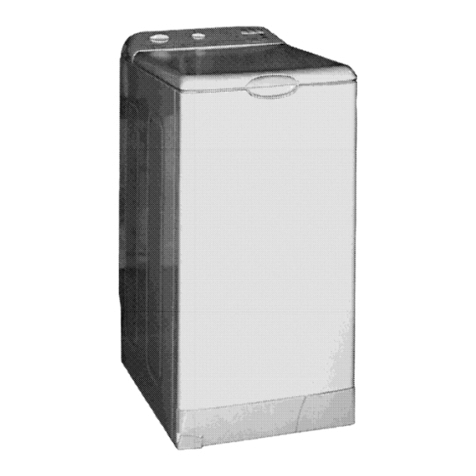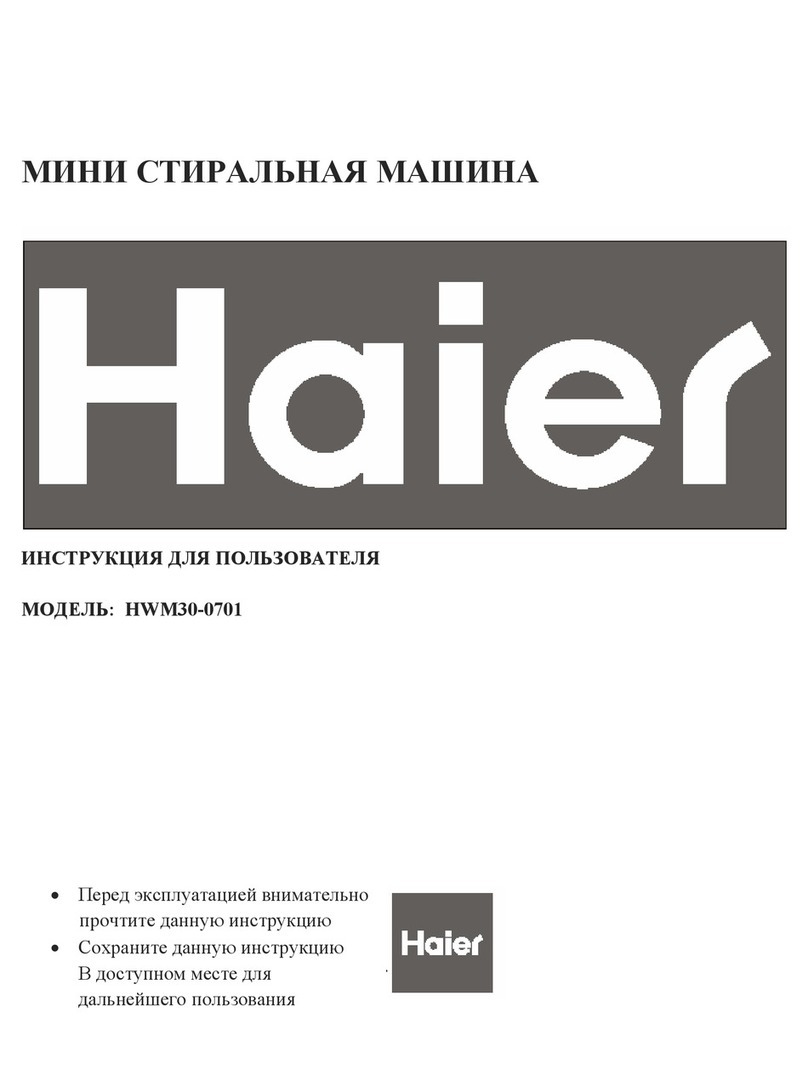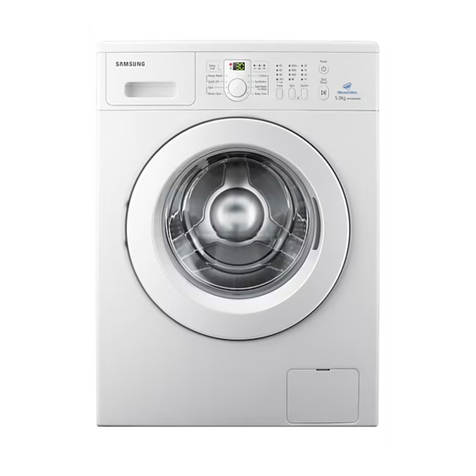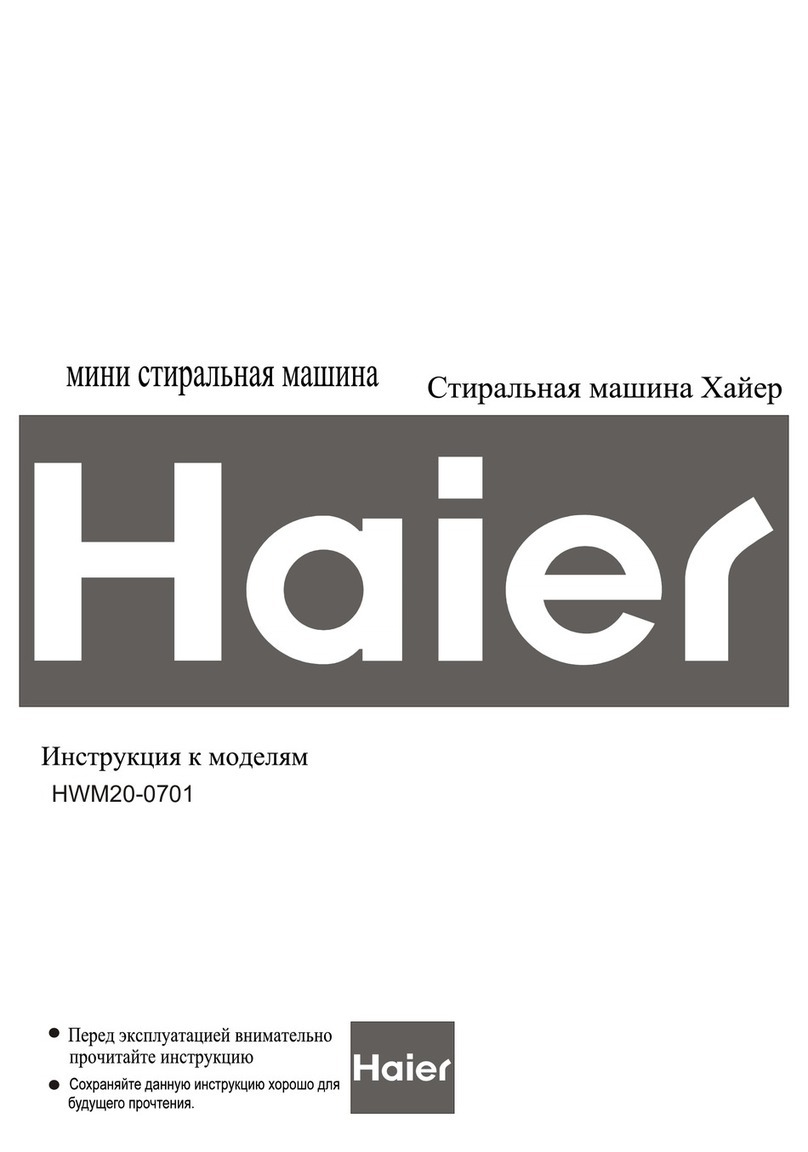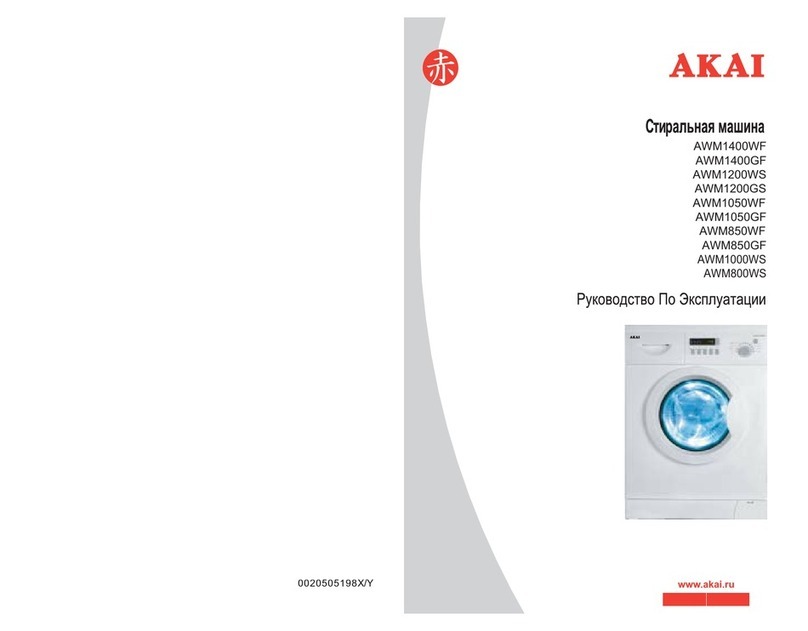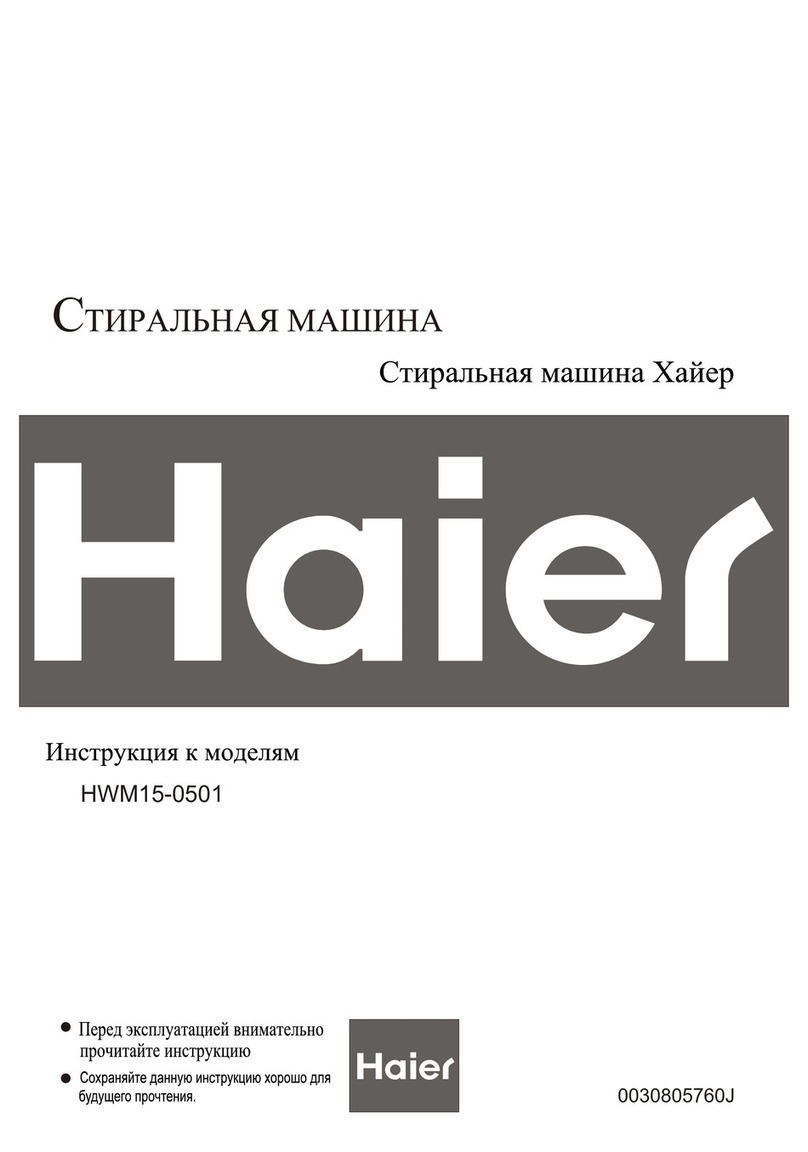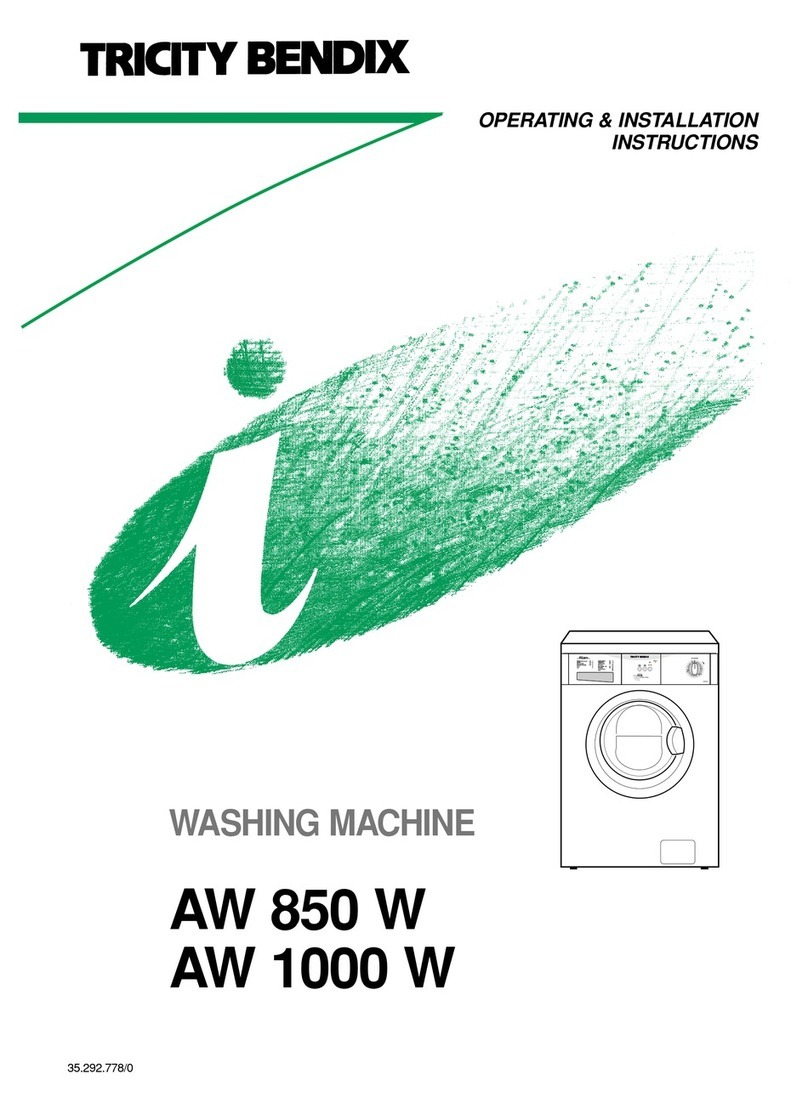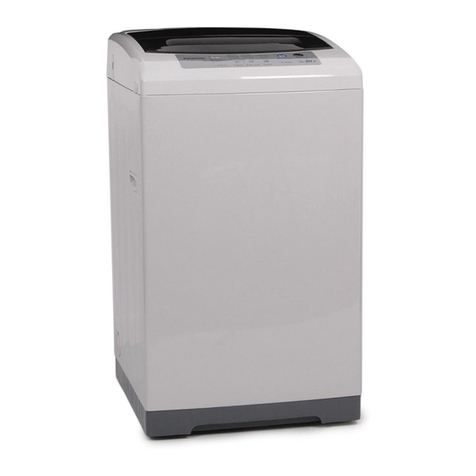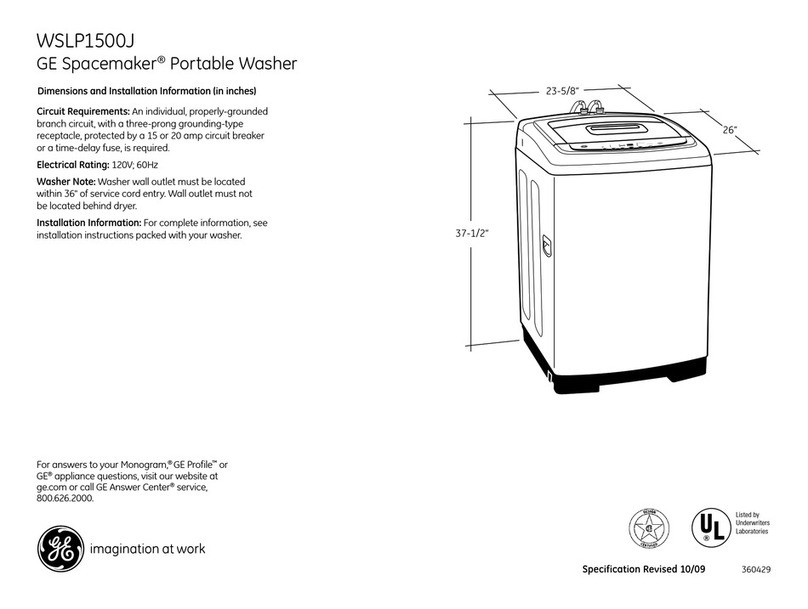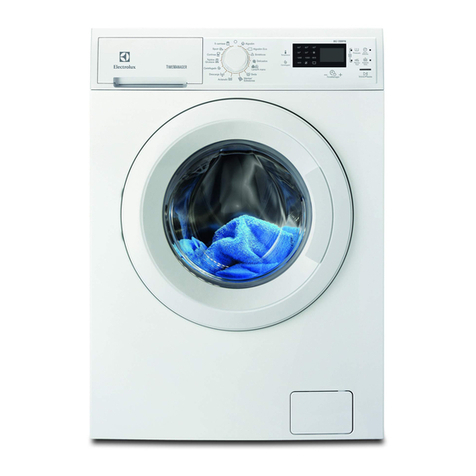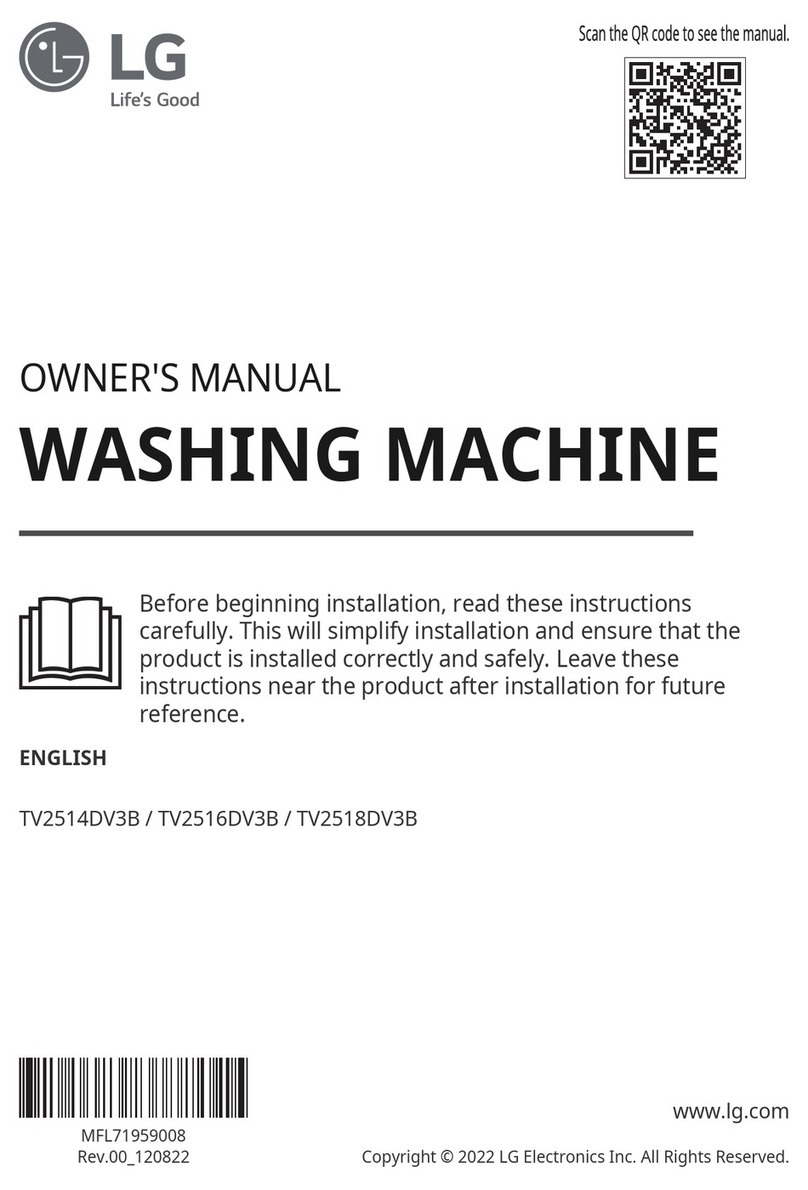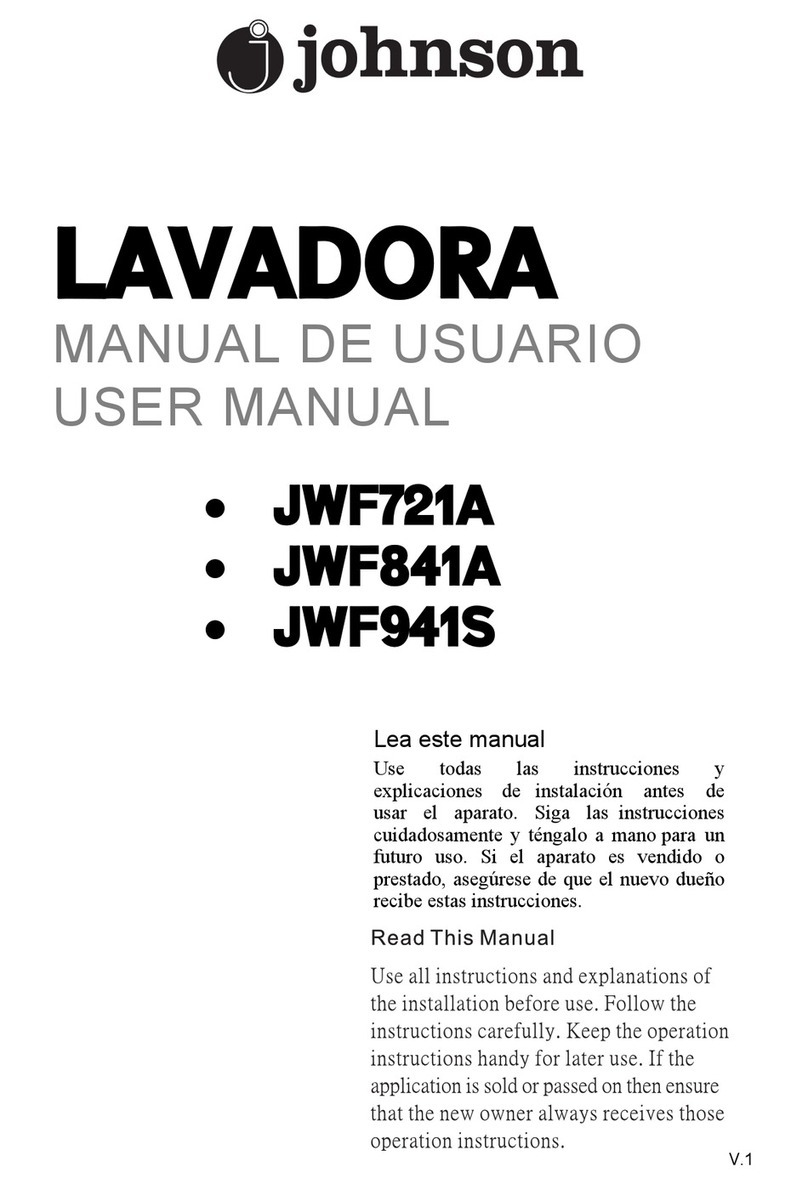
Contents
4
Program sequence ............................................................................................................ 51
End of program.................................................................................................................. 52
Canceling a program ......................................................................................................... 52
Program cancellation with manual disinfection............................................................. 52
Delay start ......................................................................................................................... 53
Network connection........................................................................................................ 54
Network connection .......................................................................................................... 54
Network protocols............................................................................................................. 55
Process documentation .................................................................................................... 55
System settings ............................................................................................................... 56
System .............................................................................................................................. 56
Network connections ........................................................................................................ 56
Changing the PIN .......................................................................................................... 57
Pairing ........................................................................................................................... 58
Granting write permissions............................................................................................ 59
Configuring the network................................................................................................ 60
Configuring the printer .................................................................................................. 61
Certificate presentation ................................................................................................. 62
Machine functions ............................................................................................................. 63
Automatic system test................................................................................................... 63
Carrying out self-disinfection (optional)......................................................................... 64
Starting the continuous program................................................................................... 65
Filling the dispensing system ........................................................................................ 66
Filter maintenance ......................................................................................................... 66
Dispensing system setup .............................................................................................. 66
Calibrating the conductivity meter ................................................................................ 69
Carrying out a program test .......................................................................................... 70
Restarting .......................................................................................................................... 72
Opening the data plate Menu............................................................................................ 72
Managing favorites............................................................................................................ 73
Maintenance measures................................................................................................... 74
Maintenance...................................................................................................................... 74
Routine checks.................................................................................................................. 75
Cleaning the filters in the wash cabinet ............................................................................ 76
Cleaning the spray arms.................................................................................................... 77
Cleaning the machine........................................................................................................ 79
Locking the display ....................................................................................................... 79
Checking mobile units, modules, and inserts ................................................................... 81
Built-in printer (optional) .................................................................................................... 82
Replacing the paper roll ................................................................................................ 82
Thermal paper ............................................................................................................... 83
Fault messages and instructions ................................................................................... 84
Representation of faults on the display............................................................................. 84
In the main menu........................................................................................................... 84
In the program sequence .............................................................................................. 84
Technical faults on the machine ........................................................................................ 85
List with active messages ............................................................................................. 85
Troubleshooting............................................................................................................. 86
Technical faults without fault number............................................................................ 87
